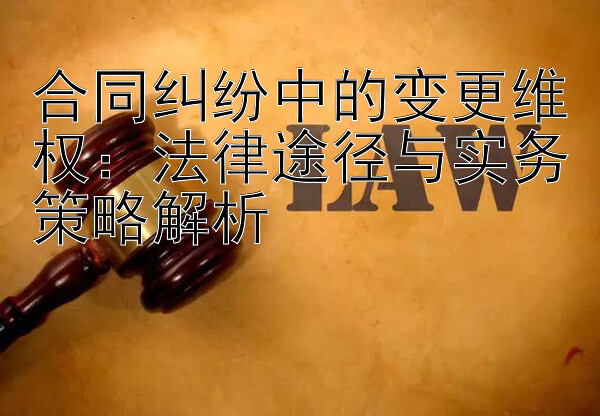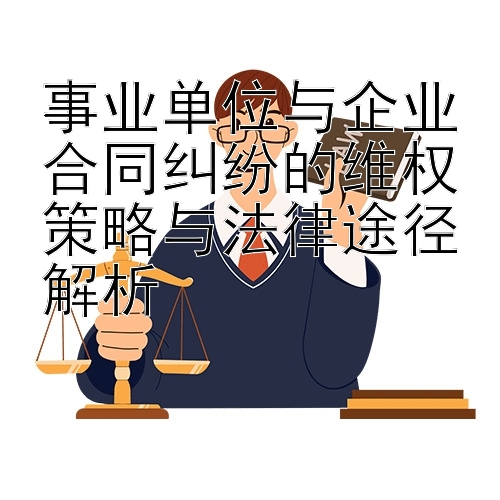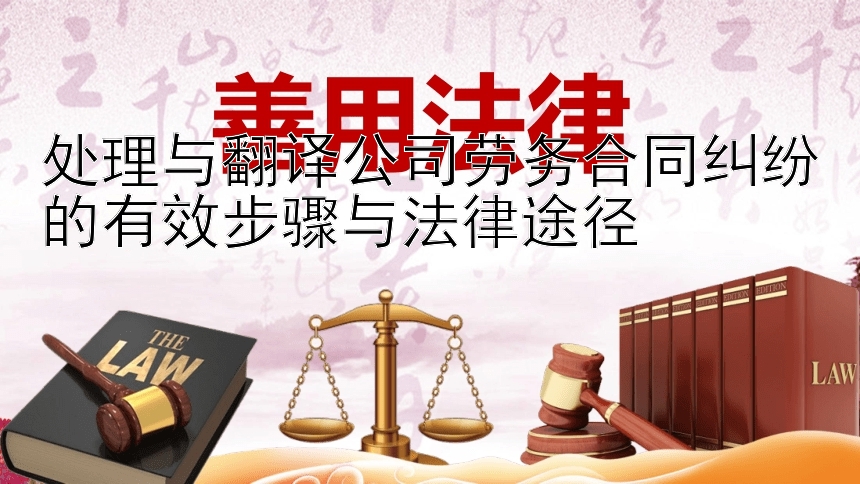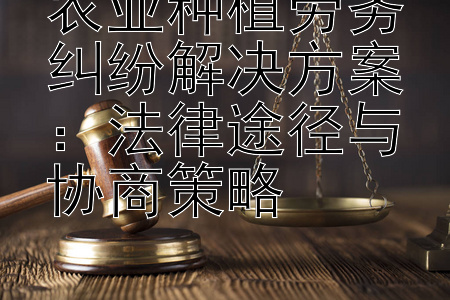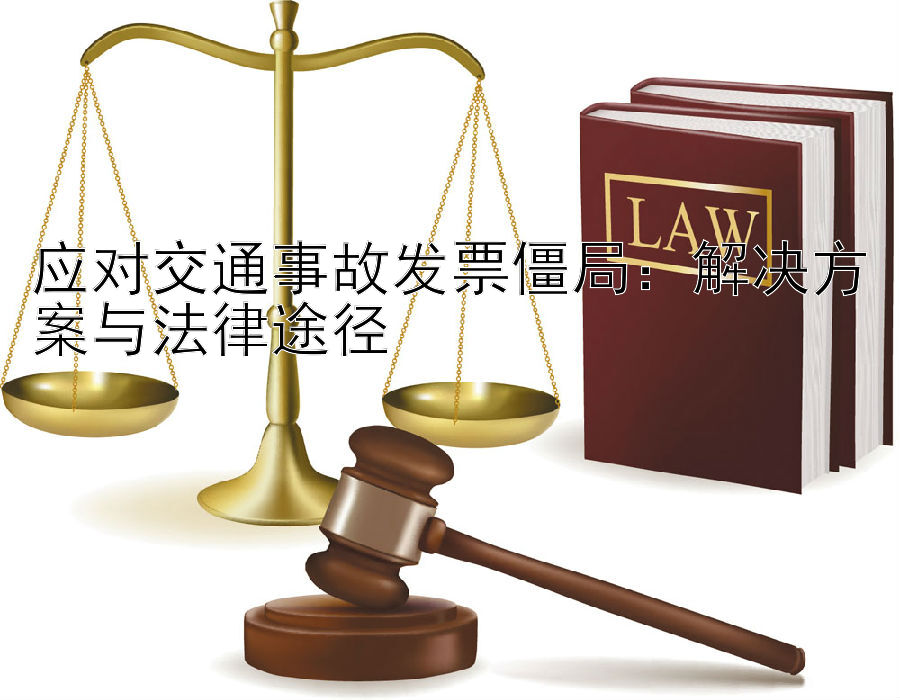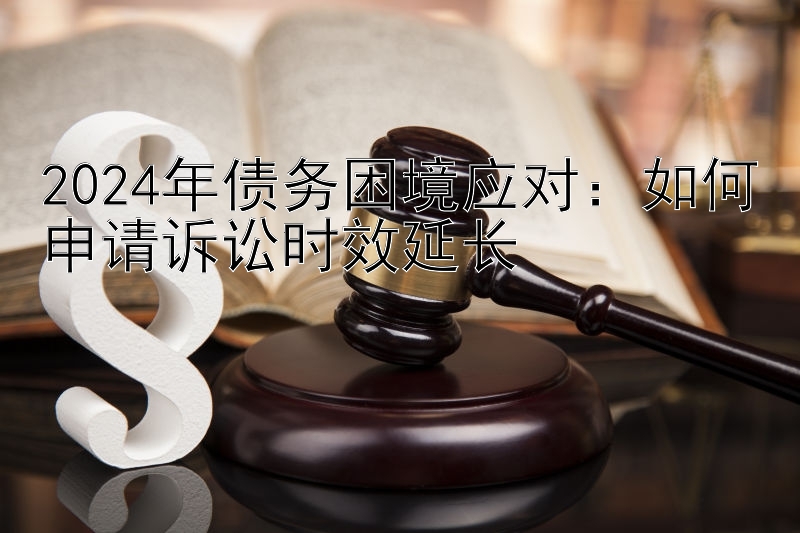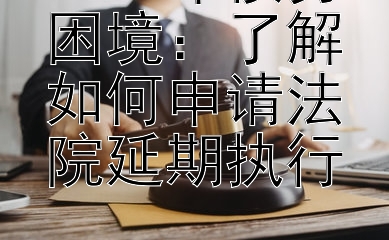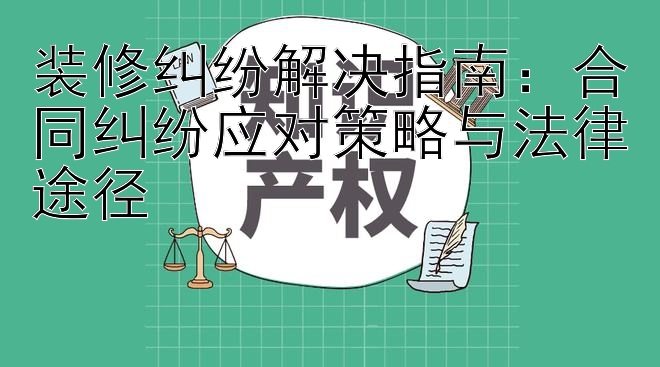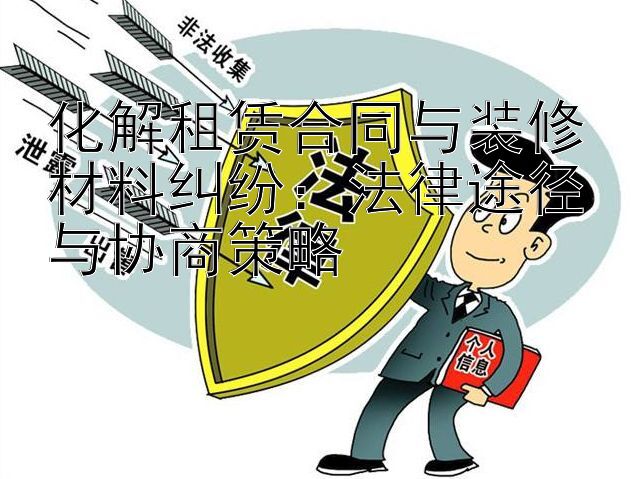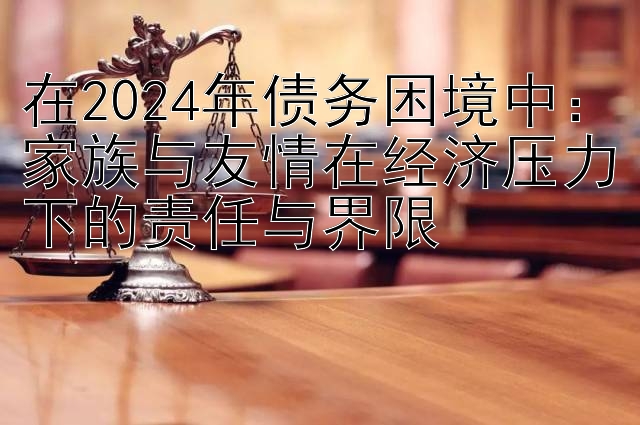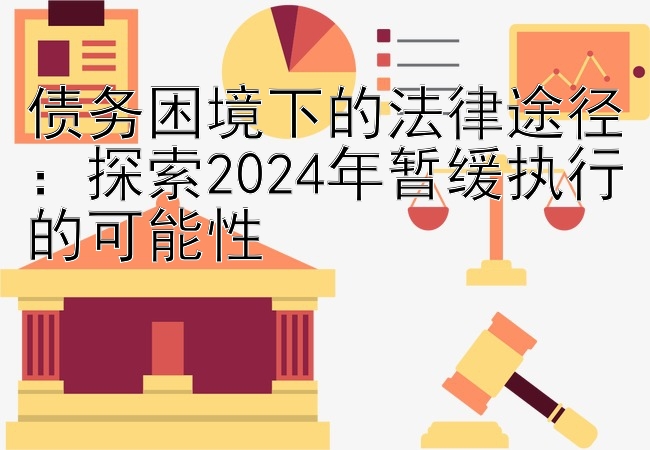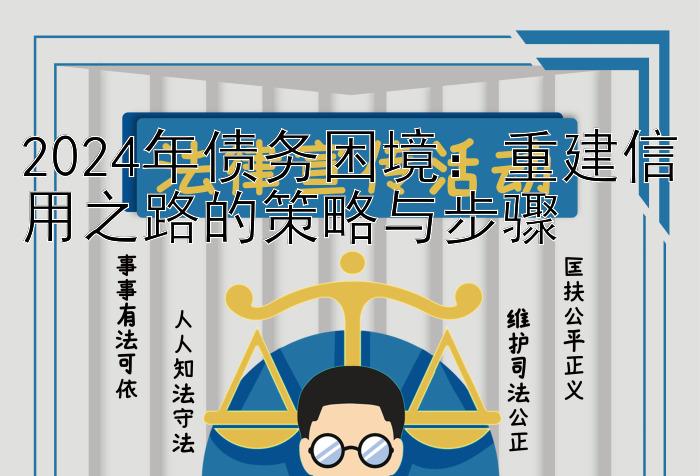2024年债务困境:如何通过法律途径寻求债务减免
导读在2024年的经济环境下,债务危机可能成为许多个人和企业面临的严重挑战。随着全球经济的波动和不确定性的增加,许多人可能会陷入无法偿还债务的困境中。在这种情况下,了解并利用法律途径来寻求债务减免至关重要。本文将探讨如何在2024年通过法律手段实现债务缓解,同时也会涉及一些实际的案例分析。一、破产法与债......
在2024年的经济环境下,债务危机可能成为许多个人和企业面临的严重挑战。随着全球经济的波动和不确定性的增加,许多人可能会陷入无法偿还债务的困境中。在这种情况下,了解并利用法律途径来寻求债务减免至关重要。本文将探讨如何在2024年通过法律手段实现债务缓解,同时也会涉及一些实际的案例分析。
一、破产法与债务重组
1. 破产法概述
破产法是处理债务人无力清偿到期债务的法律制度。在某些情况下,尤其是当债务人的财务状况已经恶化到无法挽回的程度时,申请破产可能是减轻债务负担的唯一出路。然而,破产应当被视为最后的手段,因为它会对个人的信用记录产生长期负面影响。
2. 债务重组
在许多国家,债务重组是一种比直接破产更为温和的解决方式。它允许负债人在法庭监督下制定还款计划,该计划通常会减少利息或本金,或者延长还款期限以使其更容易管理。这种方式有助于避免完全破产的同时,也能为债权人提供部分补偿。
二、
三、
四、案例研究
Case One: Company X's Debt Relief Through Chapter 11 Bankruptcy in the United States
Company X, a medium-sized manufacturing firm based in Ohio, found itself struggling with mounting debt due to rising energy and raw materials costs during an economic downturn in 2024. The company was unable to meet its financial obligations and faced potential closure without immediate action. Here is how they sought relief through legal means:
-
Initiation of Chapter 11 Process: Company X filed for Chapter 11 bankruptcy protection under Title 11 of the U.S. Code. This allowed them to freeze all creditor actions while developing a reorganization plan.
-
Negotiation with Creditors: With court supervision, Company X negotiated new terms with their creditors that included reduced interest rates, extended repayment schedules, and potentially some write-offs of unsecured debts.
-
Reorganization Plan Approval: After reaching agreements with most creditors, Company X submitted a reorganization plan to the bankruptcy court. Once approved by the majority of affected parties and the court, it became binding on all creditors.
-
Post-Bankruptcy Operations: Upon approval of the reorganization plan, Company X emerged from bankruptcy as a restructured entity. They were able to continue operations, albeit with a more manageable debt load, which gave them a better chance at long-term success.
This case study illustrates how Chapter 11 bankruptcy can be used strategically to alleviate debt pressures when other options have been exhausted. It allows companies to maintain control over their assets and operations while working towards a sustainable financial future.
Case Two: Individual Debt Forgiveness via Consumer Bankruptcy Laws
In another scenario, let's consider Jane Doe, an individual facing significant medical bills and credit card debt after an unexpected illness in early 2024. Her income had not kept pace with her expenses, leading to default on several loans and a downward spiral into insolvency. She decided to seek help through consumer bankruptcy laws:
-
Consumer Bankruptcy Filing: Jane filed for Chapter 7 or Chapter 13 bankruptcy depending on her specific circumstances (Chapter 7 provides for liquidation of non-exempt assets to pay off part of the debt; Chapter 13 involves creating a payment plan).
-
Debt Discharge: If she qualified, Jane would receive a discharge of certain types of debt, such as credit cards and personal loans, upon completion of the bankruptcy process. Medical debt may also qualify if it's related to an injury that occurred before the date specified in the bankruptcy law.
-
Restarting Financially: Post-bankruptcy, Jane would start with a clean slate, free from many burdensome debts. However, like any bankruptcy filer, she would face consequences such as being blacklisted from obtaining certain kinds of credit for a period of time.
These cases highlight the complex nature of debt management and the critical role that legal frameworks play in providing individuals and businesses with avenues for recovery. By understanding these processes and leveraging available resources, those burdened by debt can navigate challenging financial situations effectively.
热门标签

